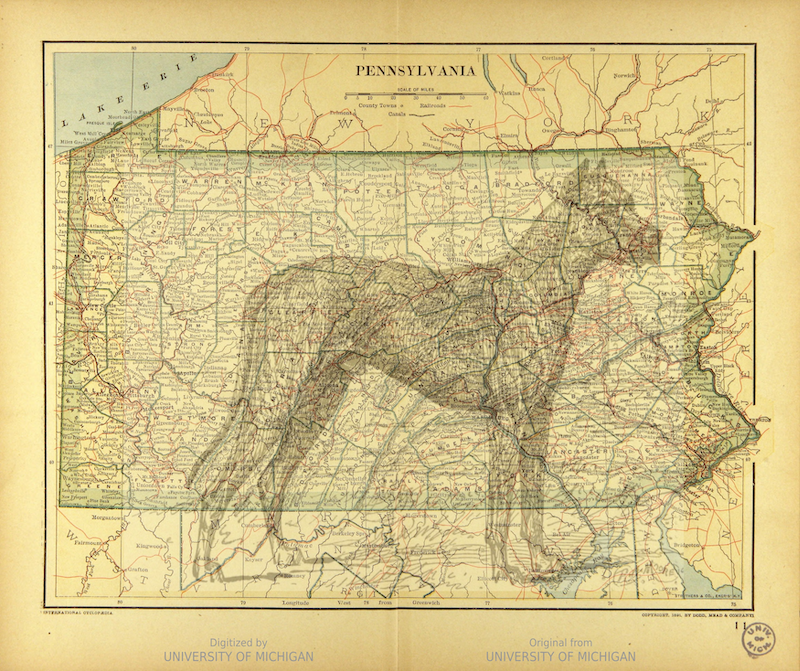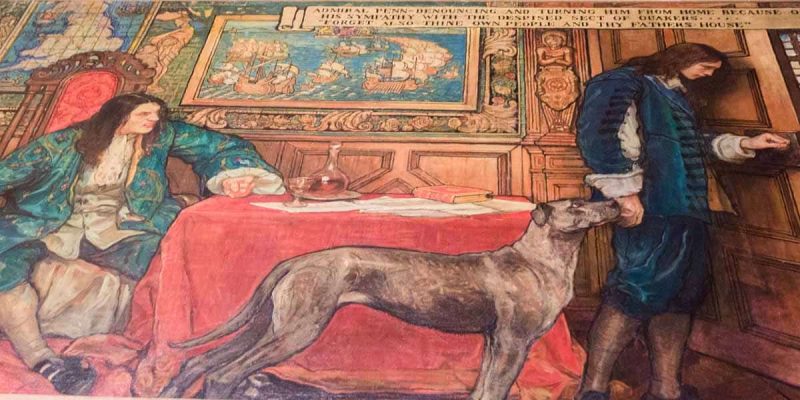
There is something so “Currier and Ives” about a covered bridge.
The “Publishers of Cheap and Popular Prints” (the company’s words, not ours) produced over 1 million prints between 1835 and 1907; the 7,500 different titles depicted many images of Americana, but today, most of us recall the lithographs as nostalgic renderings of pastoral landscapes, and many of them included covered bridges.
Some of us assume that covered bridges (some 14,000 built in the United States mostly between 1825 to 1875) were intended to offer cover to the people and animals that used them, but the primary purpose of covered bridges was to protect the wooden trusses and deck from rain, snow, wind, and sun damage. They significantly extended the lifespan of a bridge, and this is why over 100 years later, several are still standing. As of 2004, there were about 750 covered bridges still left, mostly in eastern and northern states. As a point of interest, did you know that the US state with the most remaining covered bridges is Pennsylvania? Around 212 bridges in 37 counties have survived (Ohio, the second state with the most covered bridges, only has around 42 remaining). The oldest surviving covered bridge in the US, however, is the Haverhill-Bath Covered Bridge in New Hampshire built in 1829. But we digress.
We pivot back to Pennsylvania to make a tortured connection to the topic of our pages: Purebred dogs.
Though we haven’t verified the following “factoid,” we came across a source that noted that as of 2019, Pennsylvania ranked behind only California and Florida for the number of breeders registered with the Great Dane Club of America.
But it’s more likely that the Great Dane became Pennsylvania’s State Dog in 1965 because William Penn, the state’s founder, owned a Great Dane. The legislation that designated the Great Dane as the state dog reads, “the physical and other attributes of the Great Dane, to wit: size, strength, beauty, intelligence, tolerance, courage, faithfulness, trustworthiness and stability exemplify those of Pennsylvania.” It was even noted in the official declaration that the shape of the Great Dane’s head resembles the outline of Pennsylvania’s boundaries (Wyoming will never select a dog as its state animal if that’s the criteria. Just saying). When the Speaker of the House called for the voice vote to designate the Great Dane as such, oral votes came in the form of yips, growls and barks. With a rap of the gavel, the Speaker confirmed that the “arfs have it.”
William Penn was granted the land (now Pennsylvania) by King Charles II of England in 1681 as a repayment of debt owed to Penn’s father. When Penn arrived from England, he brought with him his Great Danes, a breed associated with nobility and estate management, both relevant to Penn’s status and lifestyle.
Today, a mural of William Penn with his Great Dane painted by Pennsylvania artist Violet Oakley hangs in the Governor’s Reception Room in the state capitol at Harrisburg:

Image: Map of Pennsylvania is in the public domain in the United States. Image of Great Dane, also in the public domain, is of CH. Hannibal of Redgrave owned by H.S. Horsfall and comes from All about Dogs, 1900.
